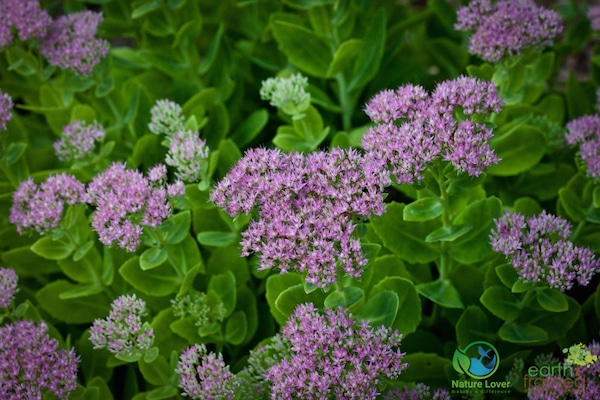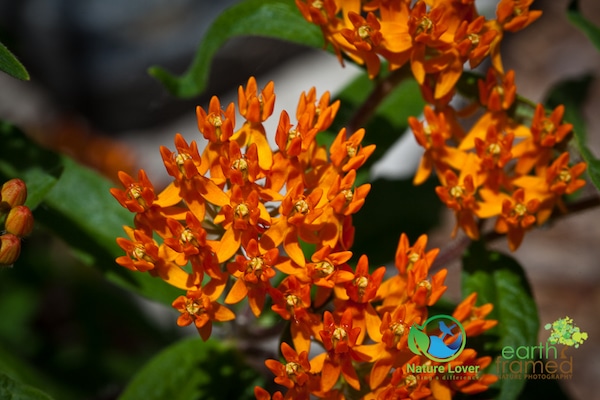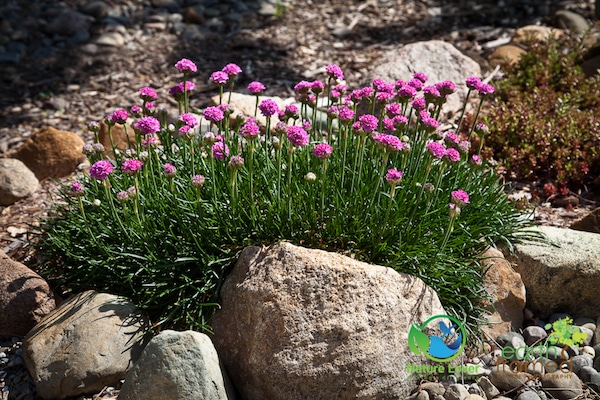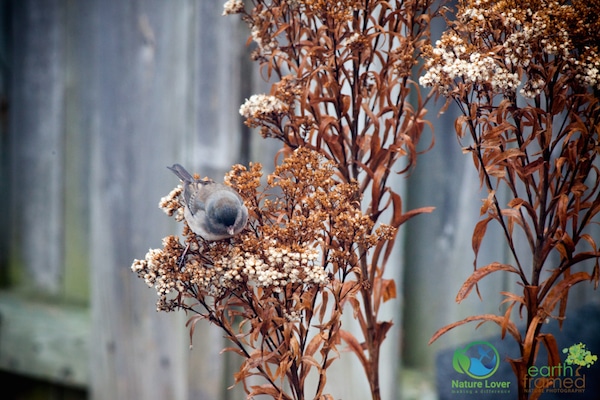There are an abundance of native flowers that you can plant in your garden that will continue to bloom in early to mid fall. Some of the flowers in our gardens had been blooming for more than a month and were still blooming beautifully in September. It’s is as important to have flowers that bloom until frost in the fall as it is to have early spring flowers, something that we need to add more of to our garden.
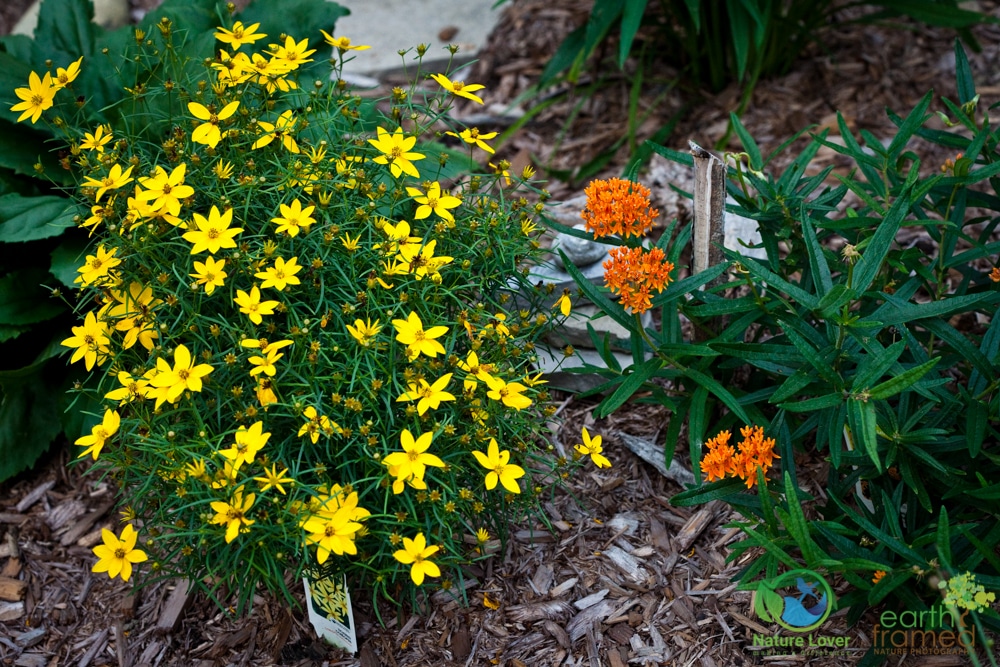 The Tickseed and Orange Butterfly Weed are still going strong. The Tickseed will last until the first frost while the Butterfly Weed is starting to lose it’s flowers but then the seed pods will appear.
The Tickseed and Orange Butterfly Weed are still going strong. The Tickseed will last until the first frost while the Butterfly Weed is starting to lose it’s flowers but then the seed pods will appear.
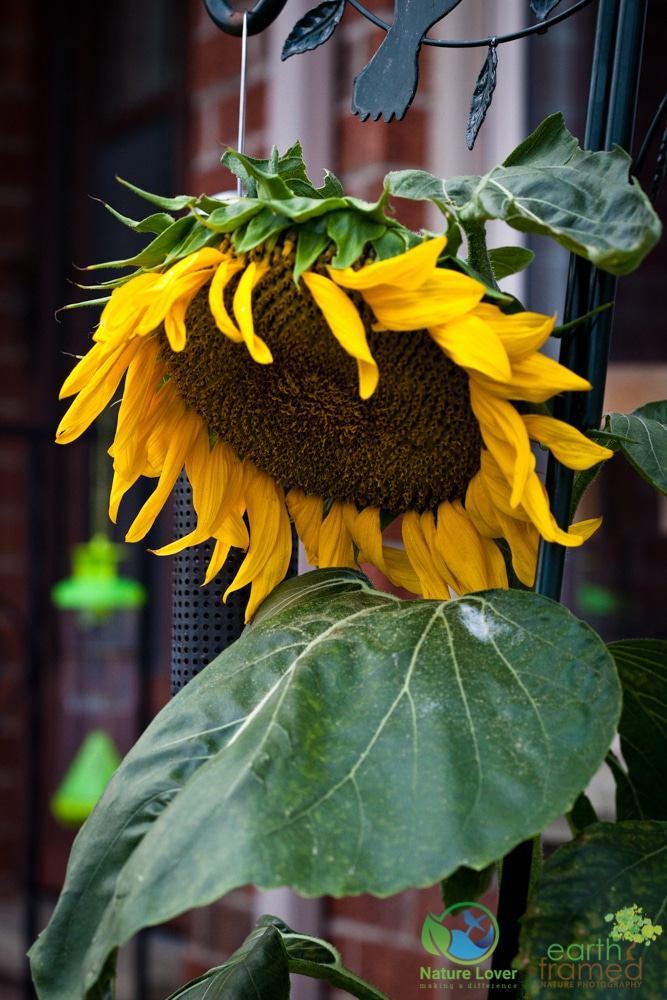
In the front yard, where the bird feeders are, we were happily surprised to find a sunflower growing this year. It grew to about 6 feet with a huge head on it which the birds enjoyed once the sunflower seeds appeared. Sunflowers come in a variety of heights and might be a flower you’d like to consider for your garden. Kids can help plant then and at the end of the growing season they will feed the birds into the early winter.
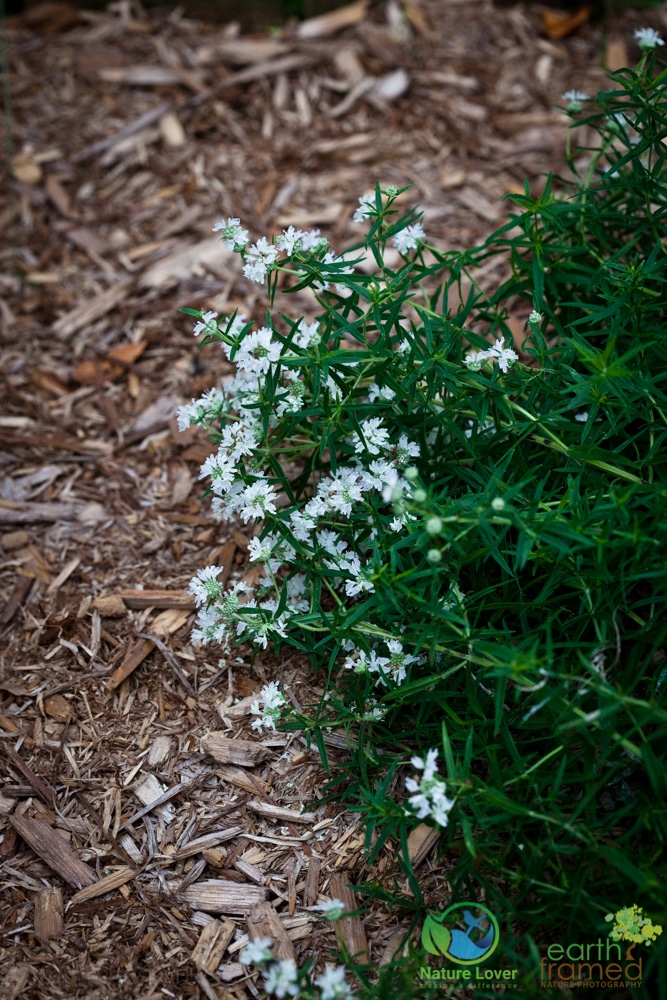
Like most plants in the mint family, our Virginia Mountain Mint did very well in its first growing season. The leaves themselves have a wonderful mint fragrance and the flowers, although not showy by themselves, are abundant and adds variety to the garden.

Here you can see the tell-tale mint leaf and the small, delicate flower heads.
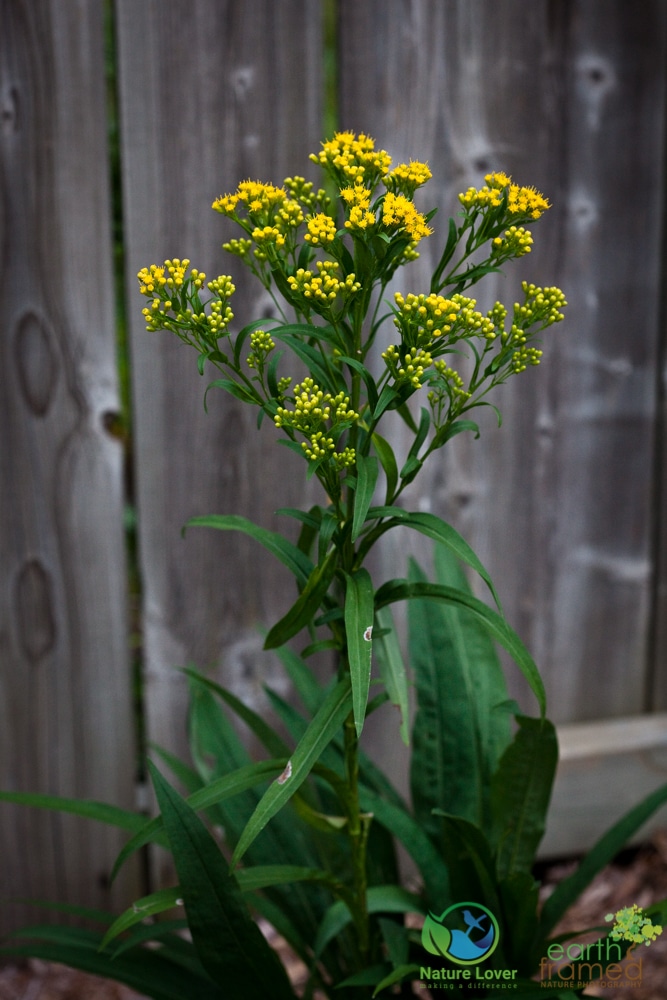
Both of our Riddell’s Goldenrod were starting to flower in the middle of September. This particular goldenrod is a “special concern’ species, making it a welcome addition to our native gardens.
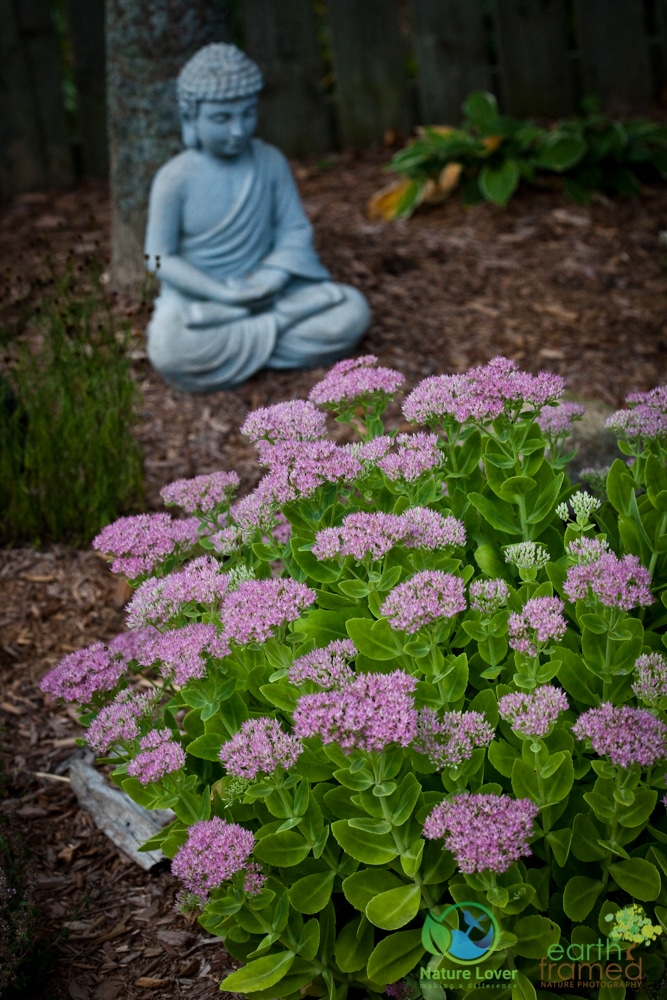
We have several of these Stonecrop plants in our gardens. They are very hardy, require little attention and bring quite a few different pollinators to them while they are blooming.
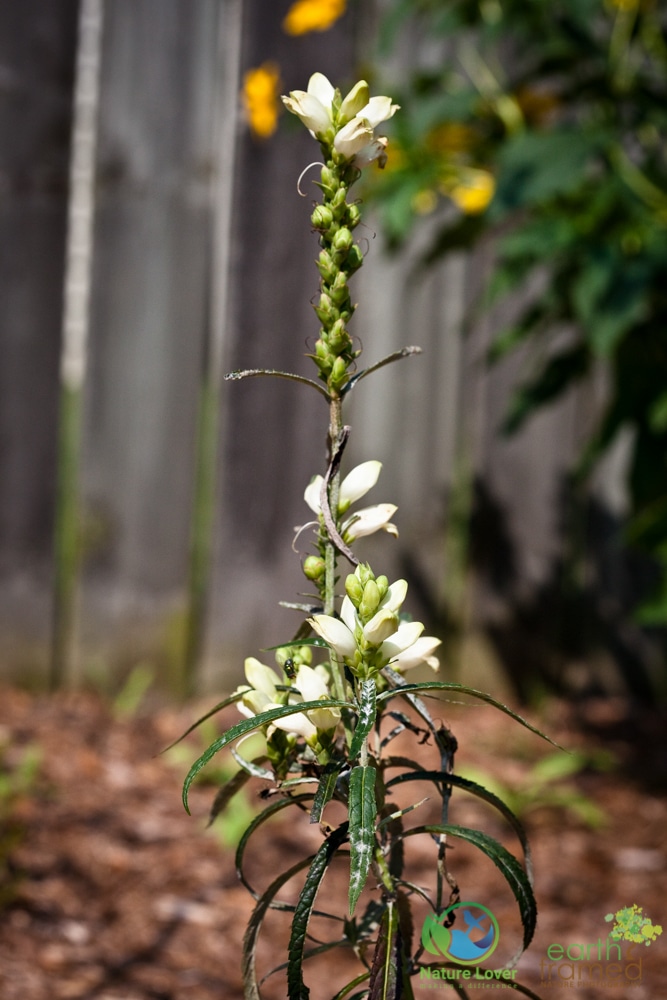
The two Turtlehead plants were still producing new flower heads on their dense spikes.
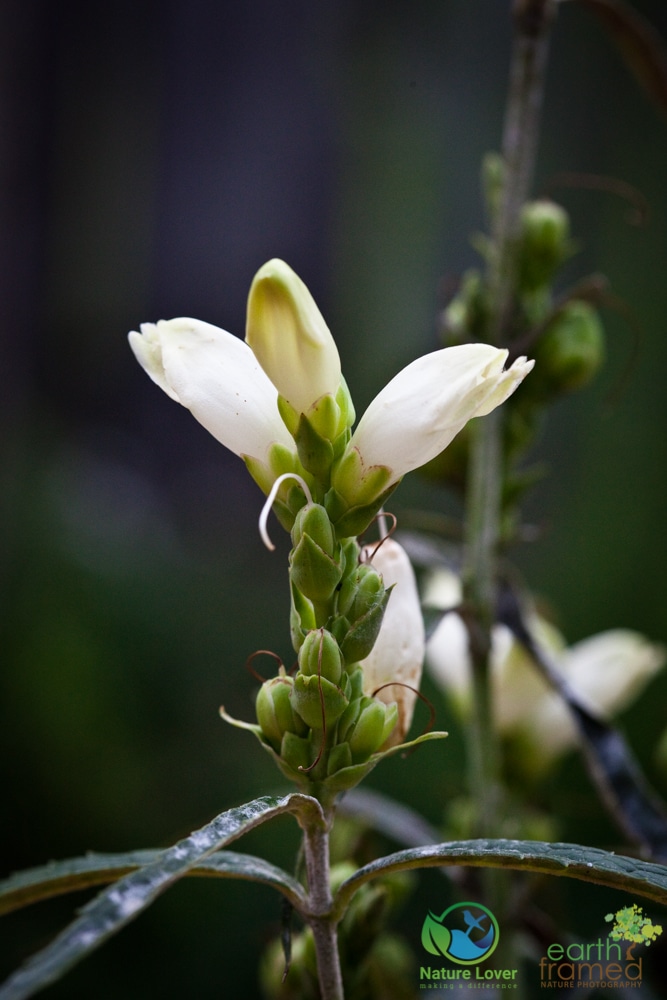
This unique plant, with its irregular, two-lipped white flowers, grew to about two and a half feet tall. Hopefully we will have even more come up next year.
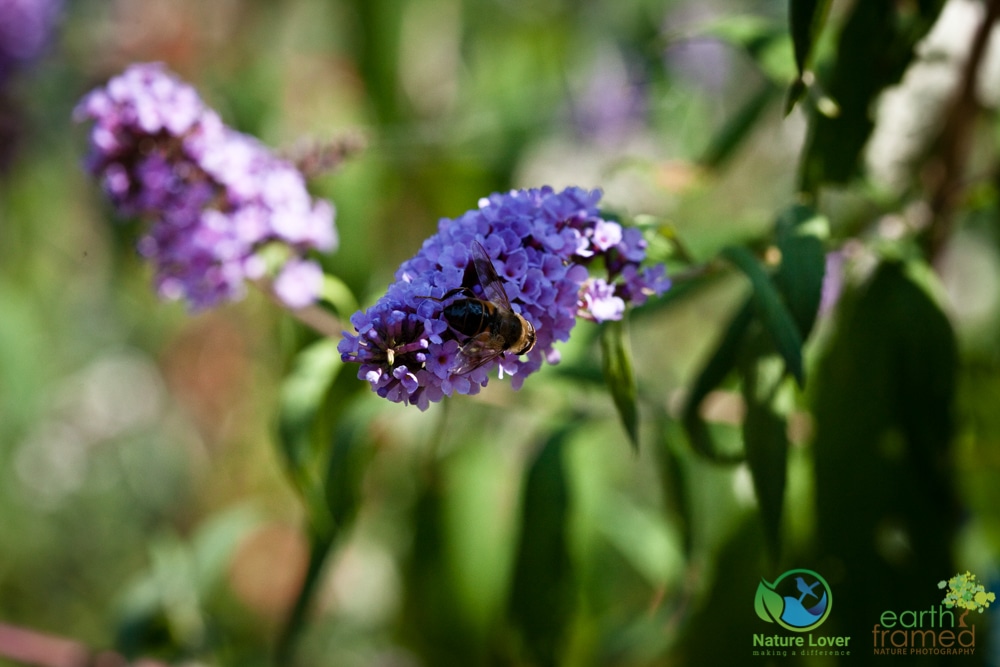
The year we moved in to this house we purchased two butterfly bushes from a local woman who sells plants from her backyard each year. Every spring I cut them back to about six inches from the ground and by the end of the summer they have grown to at least 4 feet tall with flower clusters that attract butterflies, hummingbird moths and bees to it.
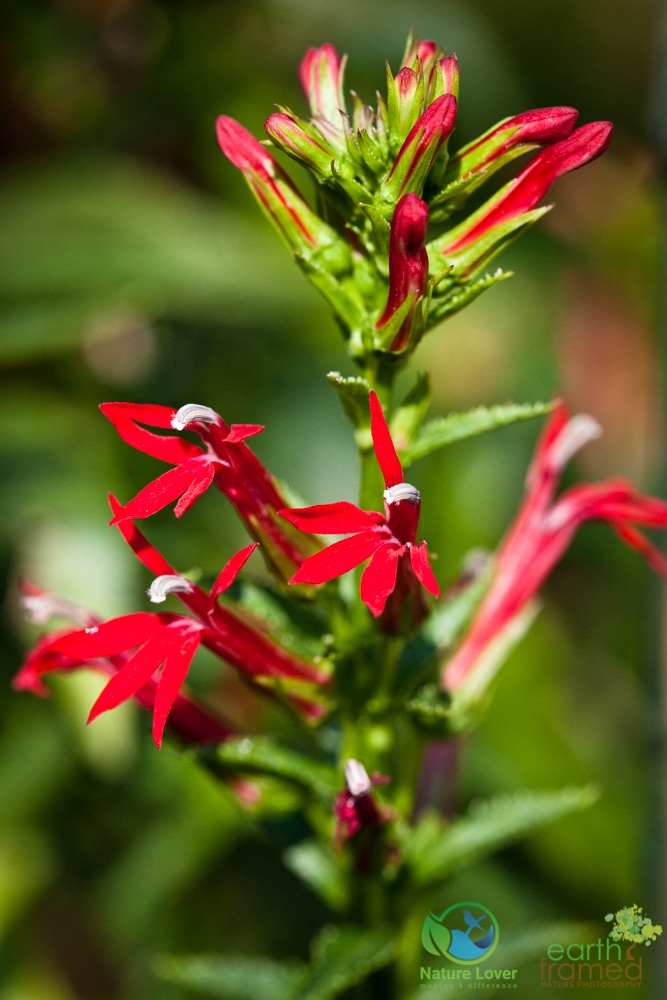
Our Cardinal Flower continued to awe us as it produced an abundance of bright red flowers and brought hummingbirds to our garden.
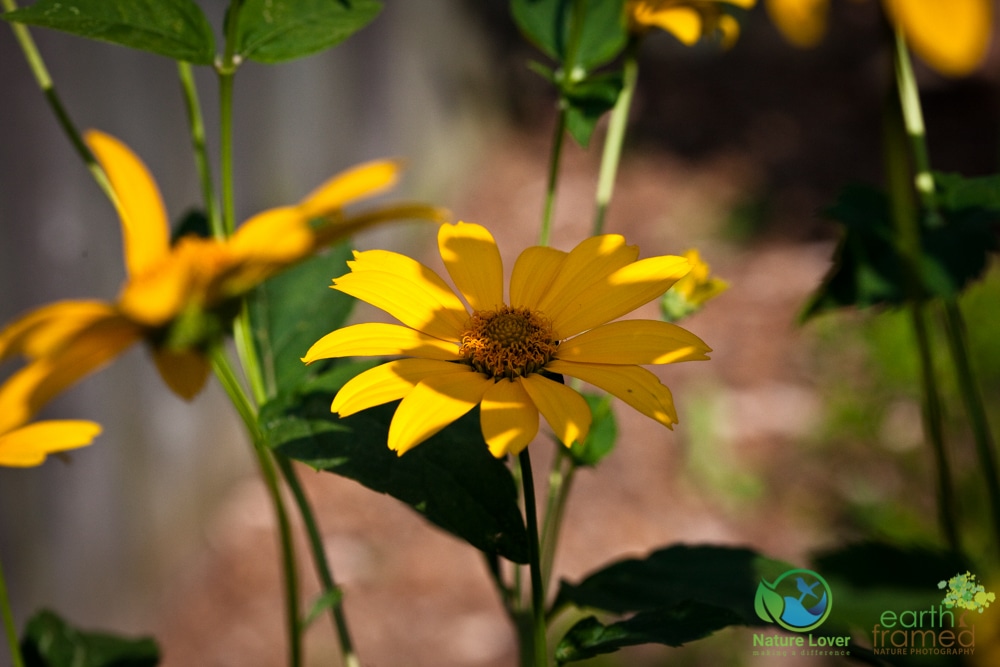
As a very showy, tall plant, the False Sunflowers were often cut and displayed in the house. Otherwise known as Oxeye Sunflower, the seeds will be eaten by birds and some beneficial insects may winter in its stems, so be sure to wait until spring to cut the stem back.
Overall, I think the first year of our pollinator gardens went quite successfully. Not everything bloomed, some plants needed some extra support in the form of stacks and we didn’t notice anything using the plants for larval food, but hopefully next year will bring some more activity.
I would expect the plants to grow larger, bloom more regularly and require even less maintenance next season. We’ll see how they fill in and whether or not we planted them too close together or if we will need to fill in some spots.
I highly recommend everyone with a garden to strongly consider planting for pollinators. It doesn’t have to be native species and you can even help out the pollinators with annuals in planters if you do not have the space.
Check out our Pollinators Spotted section to see what pollinators have been attracted to our garden.


